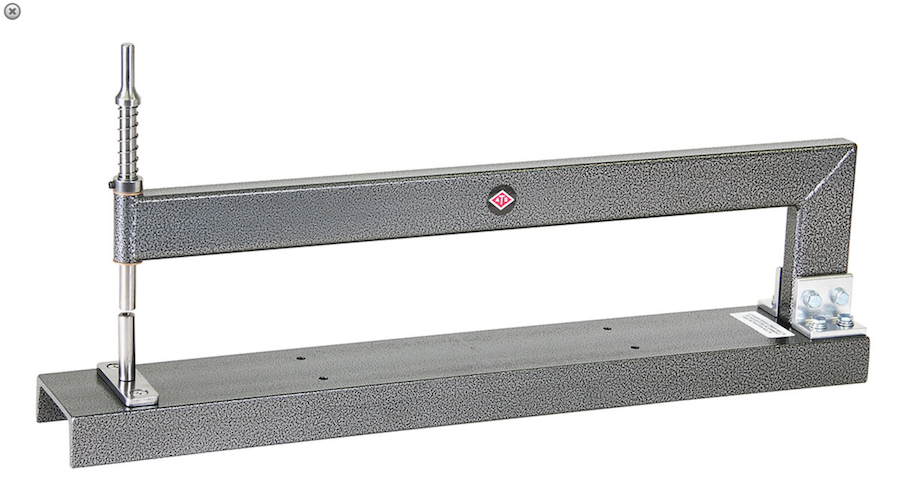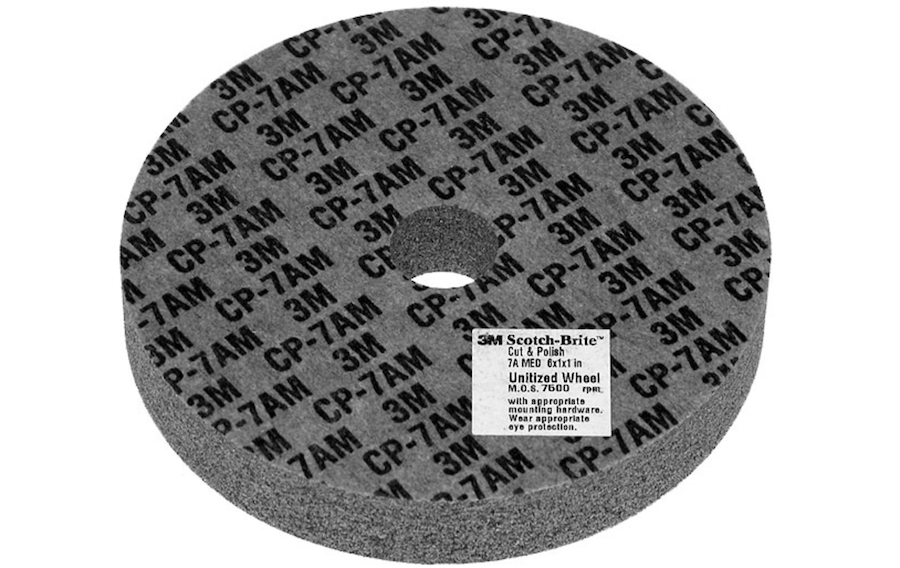It’s still only 2 weeks into our decision to build the Vans RV-7, and I’m busy making purchases of the tools we’ll need to do it. This is the fourth order I made through Aircraft Tool Supply…and the most expensive.
| Part # | Description | Qty | Price | Total |
|---|---|---|---|---|
| 4263D-2R | Dimple Die, 3/32″ reduced diameter | 1 | $11.95 | $11.95 |
| 204RV | Dimpling/Rivet tool, 22″ RV | 1 | $215.95 | $215.95 |
| CP7AM | 3M Cut & Polish Wheel (6″) | 1 | $100.95 | $100.95 |
| AE1042 | Edge Rolling Tool | 1 | $24.95 | $24.95 |
| Sub | $353.80 | |||
| Tax/Ship | $0.00 | |||
| Total | $353.80 |
So now let’s talk about dimpling!
Dimple Press
As I mentioned before, the process of dimpling creates indentations in the aircraft skin so that when you place your rivets, they’ll be flush with the surface, which makes for a nice, laminar air flow over the surface. As I also mentioned, there are several different tools and techniques for doing so. The easiest is to buy a set of dimpling dies and use some special pliers to squeeze the dies against the airfoil skin. However, like riveting, you will end up making LOTS of dimples. So, it behooves us to invest in a device that’ll make the process a but easier.
Initially I looked at the different tools you can use. The most popular by far is the DRDT-2, which is a huge metal frame that has a deep “throat”, so that you can reach holes that are, say, in the middle of a large skin.
.jpg)
There are also, on the opposite end of the scale, pliers that accept dimple dies and allow you to squeeze dimples in. They only have limited reach, unfortunately. But as is the case wih the rivet gun, there will be occasions where there is limited room, and so multiple tools are often required.
I settled for a dimple press similar to the DRDT-2, but not with the almost $500 price tag. It’s one from ATS, and has a similar 22″ “throat”. It’s a lot smaller and lighter.

One of the bonuses of the ATS dimple tool is that you can also use it to set rivets! The DRDT-2 is a “squeezer”, and althought it can generate 3000 pounds of pressure, it does is slowly. Setting rivets is best done with a BANG! or a rat-a-tat-tat of a pneumatic gun. WIth the ATS dimpler, you use a hammer to smack the dies into the work piece.
Dimple Die, reduced diameter
Another dimple die set, 3/32″, but skinnier. I read someone’s blog where they ended up bending a stiffener out of true because the regular dimple die they were using was too wide, and smooshed the side wall of the piece. I decided this was worth the money to avoid that mistake!
Cut and Polish wheel

This is a polishing and deburring device that is used to smooth out the rough edges from a work piece’s initial forming. It’s important that all the metal edges in the plane are SMOOTH, mostly to avoid cutting into adjacent metal during operation. This one is a popular one, but I can’t for the life of me figure out how a round Scotch-Brite pad can cost $100!
Edge rolling tool
This is another tool I found a great video on. One of the more challenging-looking steps is forming 2 pieces of straight metal into a rounded leading edge. In the learning project, you have to use a broom stick (or similar) to roll over 2 edges so you can rivet them together into a leading edge. The video shows how the edge he made without the edge tool was wavy, with gaps between the rivets. He then shows how the edge rolling tool imparts a slight downward bend so that you end up with both pieces mating perfectly.
The one I bought is different…but the concept is the same.
This order also has not yet arrived.
